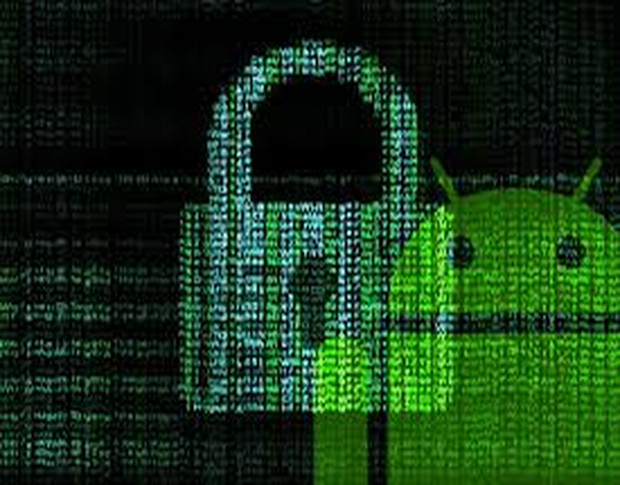

Protects confidential data such as passwords and login id.2. Advantages of encryption1. What is Decryption?The process of converting encrypted information or message or data or file or image into a readable format or to it's original format is called decryption.The science of encrypting and decrypting of information or data or message is called cryptography.Currently, encryption is one of the most popular and effective data security methods used by most of the organisations around the world. That can include text messages stored on your smartphone, running logs saved on your fitness watch, and banking information sent through your online account. Key - Base64 encoded 128 bit key or null (to leave data unchanged).To unlock the message, both the sender and the recipient have to use a secret key or password.This helps protect the confidentiality of digital data either stored on cloud servers or computer systems or mobile phones or transmitted over network like the internet.Encrypted data is commonly referred to as ciphertext, while unencrypted data is called plaintext.Encryption can help protect data you send, receive, and store, using a device. Should be used only for migration of encrypted data from an older version to Mobile SDK 8.2.
It is an essential method as it helps you to securely protect data that you don't want anyone else to have access. Helpful for network communication and where a hacker can easily access unencrypted data.5. Helps you to ensure that the document or file has not been altered.4.
For example a service performing encryption/decryption of a message with a key and your many clients consume that service, then you have to provide your key to your client also. But it has some drawbacks. It is faster than asymmetric encryption. Symmetric encryption:Symmetric encryption uses a single password to encrypt and decrypt data. They are divided into two types of encryption systems: symmetric encryption and asymmetric encryption also known as public-key encryption. Encryption Types:There are several types of encryption algorithms, each developed with different needs and security needs in mind.

Various password-authenticated key agreement techniques10. Elliptic Curve Digital Signature Algorithm (ECDSA)7. The public key is used only for encryption and cannot decrypt a message by a public key.Following are some of the Asymmetric encryption algorithms5.
Again Key Size is a dropdown with values 128 Bit, 192 Bit and 256 Bit. Ie Key Size and Iterations. If you select Yes, two more dropdowns will be enabled. Select one of the value from dropdown ie Pkcs7 or Iso97971 or AnsiX923 or Iso10126 or ZeroPadding or NoPading.Step 6: From PBKDF2 dropdown list either select Yes or No value. While decrypting this same message, you must use this password.Step 4: From Encryption Method dropdown list, select one value (AES CBC, AES ECB, AES CFB, AES CTR, AES OFB, DES, TripleDES, Rabbit, RC4, RC4Drop).Step 5: In Step 4, if you select one of AES methods like AES CBC or AES ECB or AES CFB or AES CTR or AES OFB, then you get to see Padding dropdown list. Here, we are using AES with CBC mode with SHA-1 hashing to encrypt and decrypt a message as ECB mode is not semantically secure.Note: This is just a basic encryption and decryption program.First, let's see steps to Encrypt a message.Step 1: As shown in above screen-shot from Encrypt Section -> Select Type as Ciphers from dropdown list.Step 2: In Message text field, enter the desired text that should be encrypted.Step 3: In Password text field, enter the secret key or password that can be easily remembered.
...


 0 kommentar(er)
0 kommentar(er)
